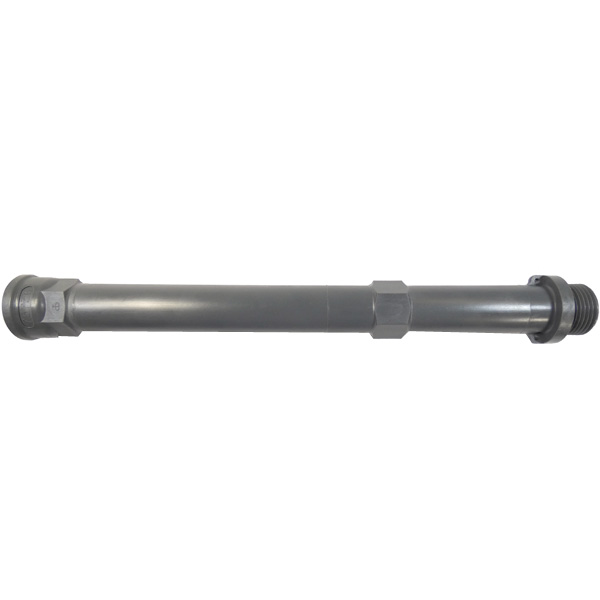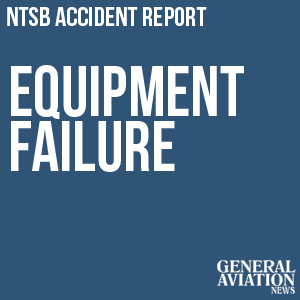BMan
Pre-Flight
- Joined
- Aug 3, 2023
- Messages
- 82
- Display Name
Display name:
BMan
I’m nearing 20hrs of flight training but wondering if my expectations are too high or unwarranted in regards to the quality of C172M aircraft I’m flying? Here are just a few things, all on different aircraft (haven’t flown the same bird twice yet) caught in my preflight inspections or during flight:
** This last one I put my foot down and refused to fly (my CFI arrived afterward and agreed with me). However, a different CFI observing my preflight stated it’d be fine as is or just “tape it down”. Um…no…absolutely not. I’ve built engines and raced cars in the past; loose oil caps spit out oil and start a fire on a hot engine in short order; this plane spit out enough previously that it left puddles. How would a young high school kid know any better if they didn’t know engines?
Am I too picky about these things? Some strike me as real safety issues, particularly the last one; That oil cap issue I heard was previously squawked by others but not fixed. This has me hesitating to continue at this flight school but not sure if going somewhere else won’t come with a different set of issues. Feedback/thoughts or is it just me being a far too demanding newb? I don't want them to look at me on lesson day and think "oh great what's he gonna squawk about today?"
- Landing light inop (it was OK due to daylight?)
- Navigation lights inop (nearing end of daylight)
- Strobes inop (early morning)
- Attitude indicator inop
- Heading Indicator needs huge adjustment every after every turn
- Turn coordinator inop
- Door does not stay shut (popped open in flight) – door closure issues with every plane, too
- Right seat (occupied by CFI) unlocked and slid all the way backward*
- Factory preset rudder trim tab very weirdly bent (then felt that affect when flying)
- Oil cap loose on filler neck, no threads to tighten it, oily mess** (I pushed my PIC-in-training rank on this one)
** This last one I put my foot down and refused to fly (my CFI arrived afterward and agreed with me). However, a different CFI observing my preflight stated it’d be fine as is or just “tape it down”. Um…no…absolutely not. I’ve built engines and raced cars in the past; loose oil caps spit out oil and start a fire on a hot engine in short order; this plane spit out enough previously that it left puddles. How would a young high school kid know any better if they didn’t know engines?
Am I too picky about these things? Some strike me as real safety issues, particularly the last one; That oil cap issue I heard was previously squawked by others but not fixed. This has me hesitating to continue at this flight school but not sure if going somewhere else won’t come with a different set of issues. Feedback/thoughts or is it just me being a far too demanding newb? I don't want them to look at me on lesson day and think "oh great what's he gonna squawk about today?"



